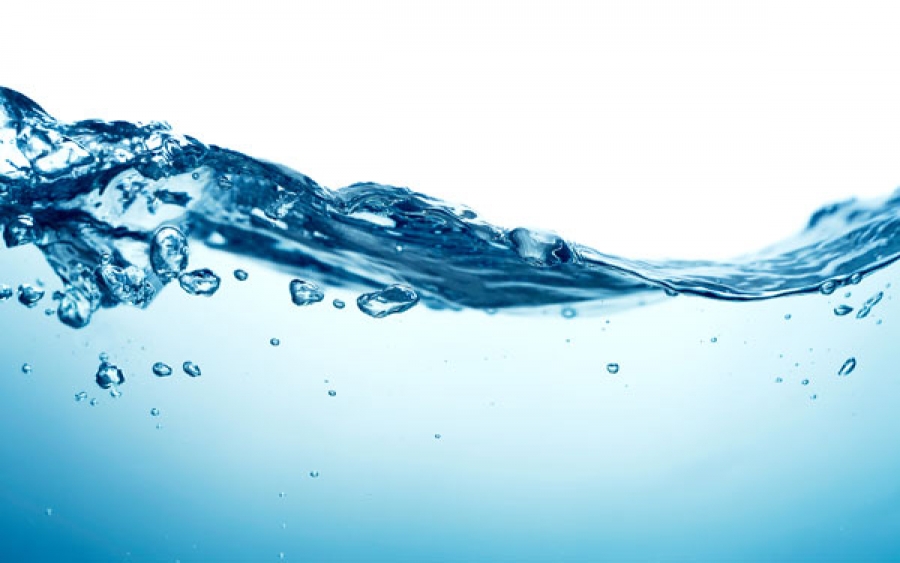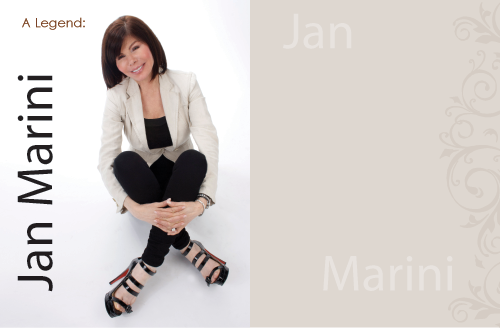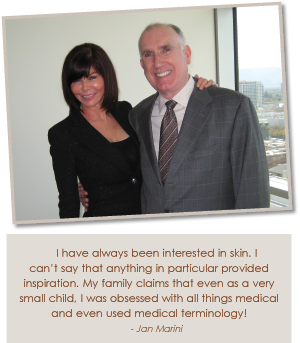The world has now come to accept bottled water as a staple of life, when a few short years ago it was seen as a luxury for the wealthy. The only consideration for choosing a brand back then was the best taste, or perhaps the most exotic source.
Water – the First Hunt
It is believed that the hunt for clean water must have begun in prehistoric times. Then, the earliest civilizations invented means of purification. The tomb wall of Amenophis II at Thebes, carved in 1450 BC, has an illustration of an apparatus that was used by the Egyptians to purify water. They would store water in pots and the impurities would settle to the bottom; they would then siphon off the pure water using wicks. Early water treatment records came from Egyptian as well as Sanskrit writings. In 2000 BC, Sanskrit records stated that boiling water over a fire, heating in the sun or filtering through sand and gravel would purify it. Grecians stored water in urns of copper and brass, which caused ionization from the electrolytic reaction and make the water taste pure and sweet. The first water aficionado was Hippocrates, the father of medicine. He noted that water differed in taste and weight and invented the “Hippocrates’ Sleeve,” which was a cloth bag to strain boiled rainwater through. The Greeks and Romans had a variety of other measures for water treatment, including adding laurel, barley, and coral to bad tasting water.
In the 1600s, more elaborate sand filtration methods were used and filtration became the popular choice. By 1804 Scotland had the first treatment plant with sand and gravel filters for rainwater and Glasgow was one of the first cities to have filtered water piped to homes. London followed suit and the filtration design became the working model around the world. The link to good health was then made as areas that utilized sand filtration had lower incidence of disease. In London in 1852, the Metropolitan Water Act required the filtration of all water supplied and was one of the first governmental regulations for water. Filtration continues to be used today in municipal water treatment and involves different stages for disinfection and the removal of contaminants. When space allows, slow sand filters are still used – perhaps things are not so much different now as in ancient times!
Water Demand Grows Elephantine
The spa tradition of using mineral water for health benefits through bathing and drinking dates from Roman times and many areas of the world have been visited for their natural springs. The word “spa” actually began as an acronym for the Latin “sanitas per aqua,” meaning health through water. Legend tells us that Hannibal, general of the Carthaginian army, stopped to rest his soldiers and elephants after crossing the Pyrenees in Les Bouillens, France, home of the Perrier spring. In 1863 Perrier started bottling the water for sale, as did other sites in France, Italy, and in North and South America. Further developments were the invention of the first plastic bottle in the 1960s and, in the 1980s, the launching of the recyclable plastic bottle. The annual growth rate of the bottled water industry has been increasing 7 to 10 percent annually and in 2004 the global bottle water market totaled 154 billion liters. The United States leads as the largest market, at 26 billion liters in 2004. Worldwide bottled water sales are estimated at between $40 and $100 billion annually.
There is certainly no indication that these sales will be slowing. Consumers are becoming aware of the many health benefits of water, and bottled water is a convenient way of enjoying their favorite drink. The many offerings today include artesian water, which originates from a confined source and is not exposed to the environment; mineral water, containing dissolved solids from a protected underground source; sparkling water, with carbon dioxide from its source and spring water, surface water that has flowed naturally up from an underground source. Purified water comes from a process of distillation, deionization, reverse osmosis or other means. Electrolyzation is a means of purifying water whereby positive ions separate from negative ions, after being passed through a membrane between electrodes. The Japanese process of simplifying water through electrolysis for the purpose of skin care and enhanced drinking water also involves altering the molecule so that increased hydration in the body is possible.
The Cells’ Thirst For Water
Studies have shown that people may be drinking their eight glasses of water a day but still not getting enough hydration inside their cells, where our good health begins and ends. A body’s extra-cellular water content may be fine but its inter-cellular content may not be, meaning that the body’s cells are essentially suffering from dehydration. Chemically, all actions in the body are dependent on water. A brief chemistry review – a water molecule is made up of two electrons of hydrogen and one electron of oxygen, hence, H2O. The two hydrogen electrons extend from the oxygen electron like a two-legged stool, and the separation between the angle is 135 degrees. With the chemical process of electrolyzation, the angle is reduced to between 45 and 65 degrees. What this means is that the chunky molecules are now thinner – they fit together more efficiently and therefore more of them can cluster together and squeeze into your cells, providing better inter-cellular hydration. This might mean you may not really need those eight glasses of water a day after all, as enhanced hydration means less intake of water is required.
Electrolyzation is not a new process; it was pioneered in the 1800s, but it was the Japanese who explored altering the water molecule and using electrolysis for skincare and enhanced drinking water. In Japan, large electrolysis units are common in households for purifying drinking water and it was the Japanese who also introduced the use of low pH acidic water for skin care, to soothe chronic skin conditions. Low pH acidic water is antibacterial and is used in many industries, including dental, agricultural, and medical, for sterilizing surfaces. Used in professional salon and spa skin care services, the small molecule size that the electrolyzation process creates can effectively penetrate the skin’s acid mantle and reach the deepest layers of the skin.
Our Water Bodies
Bad diets, pollution, soft drinks and stress all help contribute to an acidic state in the body. Alkaline water helps the body to return to an alkaline state, which cells need to be kept in. All enzymes are pH dependent and the pH of blood and interstitial fluid is an alkaline 7.40. Many diseased states are connected to a high acidity level in the body, so drinking alkaline water is essentially detoxifying. The electrolyzation process creates both acidic and alkaline waters, acidic being used for skin care and alkaline for drinking water. Some purported health benefits of alkaline water include increased energy, decreased lactic acid build up for less soreness after exercising, and an increase in general health and wellness.
One of the most important aspects of alkaline water is antioxidant benefits. Alkaline drinking water has lower dissolved oxygen levels and increased dissolved hydrogen ion levels. What this means is that it provides antioxidant support and the reduction of free radicals in the body. The water has a lower ORP, standing for Oxidation Reduction Potential. ORP is a measurement to oxidize contaminants. With free radical exposure to the cells, and the diminishing of our cells as we age, it is vital to help neutralize cell damage. The theory is that with increased electrons comes increased cell energy. Electrolyzed water is what is essentially known as ‘live’ water. Increased energy levels is an effect that has been documented by the water’s test subjects, along with increased detoxification, increased hydration without a bloating effect, and a sweet smooth taste. The body has a river that flows around every cell and the majority of that river is water. Many believe we have to change the biological terrain of that river and not continue to just build bigger guns to fight disease. The idea is that we have got to stop and create a symbiotic environment in the body’s system.
Our bodies are dependent upon water for every system to function properly. Our bodies need water to transport carbohydrates, vitamins, minerals, and nutrients to our cells. Our muscles and joints are cushioned by water and 70 to 75 percent of our muscles are made up of water. Our digestive tract is full of water, from our saliva to our intestines, and water dissolves nutrients for absorption into our bloodstream. Water helps cool our bodies and regulate our body temperature; if we’re too hot, we perspire to remove heat. Our brains also need hydration and can become impaired with as little as a two percent loss of body weight due to dehydration. Our kidneys need proper hydration for proper toxin removal and our hearts need water for proper blood pressure stabilization. Finally, our skin needs water for good elasticity and plumpness. A properly hydrated body functions more efficiently and appears young and healthy. Many theories on diseased states center on the belief that many of our illnesses are simply due to dehydration and that our bodies are not sick but merely thirsty!
The Water Planet
Science continues to explore the possibilities of our most abundant substance in this world – water. We may not know where the findings will take us but one thing seems certain; whether one is looking for enhanced health benefits or just a smooth, sweet taste, water is our drink of choice. With many options on the market there is a water to please every taste and need. As science continues to search for ever more efficient ways of hydrating our bodies, mankind continues its life long search for pure water.
Jenny Hogan is the Media Director for Marketing Solutions, Inc., a full-service marketing, advertising and PR agency specializing in the professional beauty business working with manufacturers, salons, spas, medical spas and wellness centers. For more information, contact 703-359-6000, visit www.MktgSols.com or send an email to This email address is being protected from spambots. You need JavaScript enabled to view it..






 Those who know Jan Marini refer to her as a visionary. While Jan might agree in principle, she sees this characterization as both a strength and a weakness. She envies those who are able to savor the moment. Where others view life in snapshots that capture real time, Jan sees broad borderless landscapes and endless possibilities. She does not see a product, she sees a business and in that same instance her mind is flooded with the business plan and all the accompanying details. Even when she is not envisioning empires, she is never satisfied with the status quo.
Those who know Jan Marini refer to her as a visionary. While Jan might agree in principle, she sees this characterization as both a strength and a weakness. She envies those who are able to savor the moment. Where others view life in snapshots that capture real time, Jan sees broad borderless landscapes and endless possibilities. She does not see a product, she sees a business and in that same instance her mind is flooded with the business plan and all the accompanying details. Even when she is not envisioning empires, she is never satisfied with the status quo.